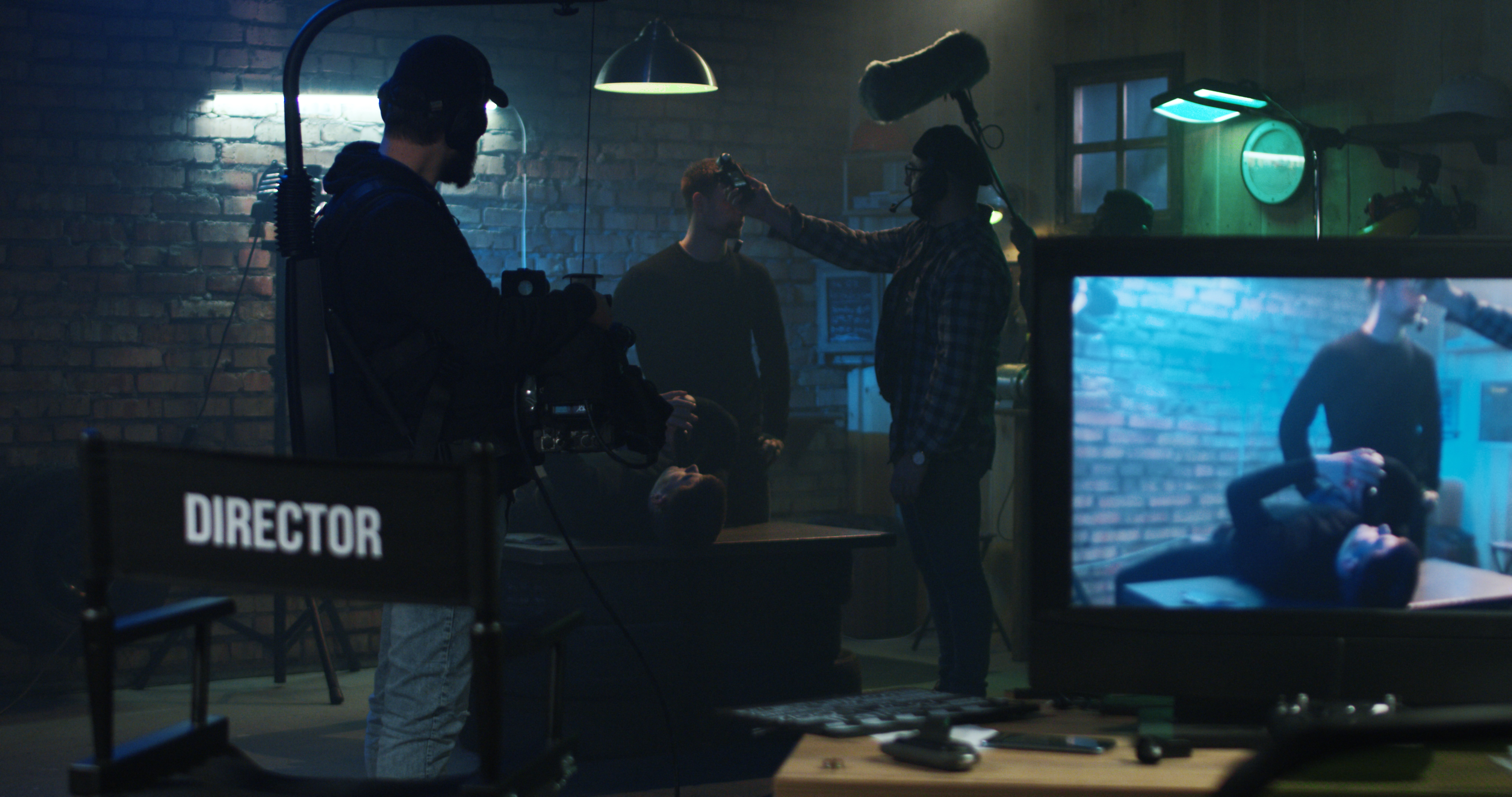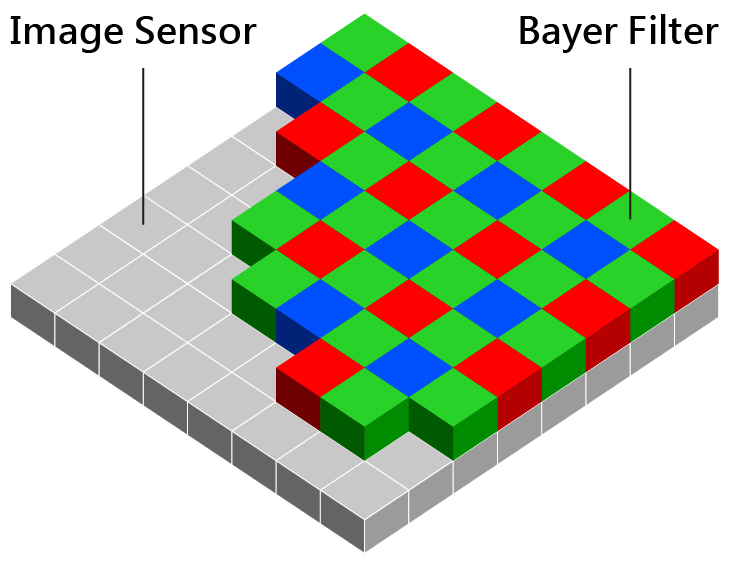CLOSE
Search for “” keywords, total search results
CLOSE
Search for “” keywords, total search results
2021.July

Nowadays LED displays have been used in the field of film and TV entertainment, as backdrops of news broadcasting, movie production studio and so on. However, it is usually to find “water ripples” on the screen when using cameras to shoot LED displays. Those water ripples are called the “moiré pattern”, which will affect works performance. The following paragraph will introduce the optical principle behind this phenomenon and how to overcome the issue.
The cause of the “moiré pattern”
Digital cameras focus the light reflected by the objects on the image sensors through optical lenses, then via optical to electrical principle, to storage digital signals in their memory. Image sensors are in charge of recording light, and the “Bayer filters” above the sensors take responsibility to record color. The raw outputs are presented in a mosaic arrangement, and the image files at this time are called “Bayer pattern images”. After that, the images will apply the “De-mosaicing algorithm” to get the final completed images.

Figure 1: A “Bayer filter” is set on an image sensor

Figure 2: The demonstration of a digital camera forming image
However, this method only works well in areas with constant color or smooth gradients. There are some shooting objects with regular stripes. If their stripes density is higher than the resolution of the image sensors, at this time, cameras cannot get the correct data, so they can only apply the algorithm to estimate. This will cause the “moiré pattern” issue.
Since LED displays apply regular LED matrices to present images directly, it will cause dramatically “moiré pattern” for cameras when the LED images are at a certain distance. Therefore, the “moiré pattern” issue bothers those who apply LED displays as shooting backdrops.
How to avoid the moiré patterns by shooting techniques
But the two of them will limit photographers’ creativity. Thus Macroblock launches corresponded solutions to overcome the “moiré pattern” issue.
Macroblock display solution could overcome the moiré pattern